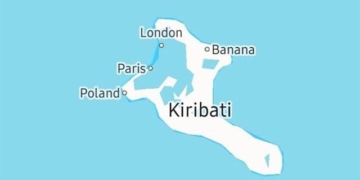In 1966, a horrifying tragedy struck Aberfan, a small village in Wales, shaking the entire nation of England.
The Aberfan Disaster, caused by the collapse of a mining waste tip, claimed the lives of 144 people, most of whom were children. This heartbreaking incident not only exposed the dangers of the coal mining industry but also showcased the profound resilience and solidarity of the community.
The Aberfan disaster is one of the most tragic events in British history, occurring on October 21, 1966, in the village of Aberfan, Wales. The collapse of the coal waste tip resulted in the deaths of 144 people, including 116 children, leaving an indelible scar on both the community and the nation.
As the students at Pantglas Primary School were just beginning their math lesson, a terrifying rumble echoed. Within minutes, tons of liquid coal waste slid down the hillside, leveling the school and nearby homes.
Amid the chaos, eight-year-old Jeff Edwards found himself trapped in a tangle of debris. For nearly two hours, he struggled to breathe, pinned beneath a desk, surrounded by the bodies of his classmates. Finally, a firefighter spotted Jeff’s blonde hair protruding from the rubble and pulled him out.
Jeff was the last child to be rescued, the tenth survivor. The tragedy claimed 144 lives, the majority being children. The Aberfan disaster, resulting from a combination of heavy rainfall and improper siting of the waste tip, remains one of the darkest chapters in British history.
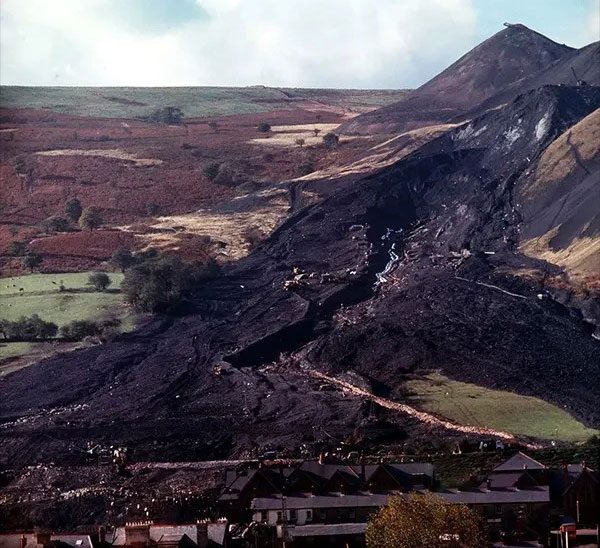
Aberfan is a small village with a population of about 5,000, primarily dependent on coal mining. The Merthyr Vale Coal Mine, situated directly above the village, was the main source of income for many families. However, coal mining also posed numerous hazards, particularly from waste management.
Coal was once the backbone of the industry in South Wales, sustaining many communities reliant on high-quality bituminous coal found deep beneath the valleys and hills.
Among these communities was Aberfan, a village near Merthyr Tydfil, approximately 20 miles northwest of Cardiff. Established in 1875, the Merthyr Vale Colliery in Aberfan became the largest coal mine in the South Wales coalfield, generating vast amounts of waste.
For half a century, this waste was dumped onto tips on the Merthyr hillside, just above Aberfan. The geology of the area included sandstones filled with groundwater.
There were seven tips on the hill above Aberfan; Tip Number 7 – the tip that slid down onto the village – began construction in 1958 and, at the time of the disaster, had reached a height of 34 meters.
Contrary to the procedures of the National Coal Board (NCB), a part of the tip was built on ground with a water table.
After three weeks of heavy rain, the tip became saturated, and approximately 140,000 cubic yards (110,000 m^3) of waste slid down the hillside, burying the area around Pantglas Primary School. The flow destroyed two water pipes buried under the embankment, and the additional water continued to saturate the tip.
Those who heard the landslide said the sound reminded them of a low-flying jet or thunder.
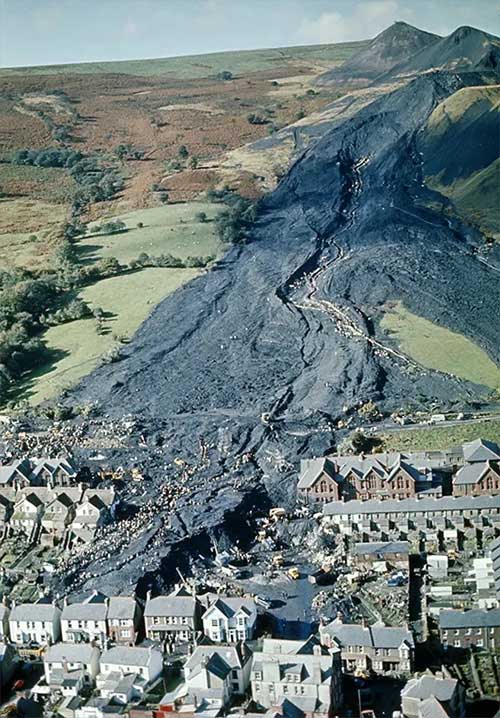
On the morning of October 21, 1966, following several days of heavy rain, a massive amount of coal slurry from the Merthyr Vale waste tip unexpectedly slid down onto Aberfan. The torrent of mud cascaded onto Pantglas Primary School, burying 116 students and 5 teachers. Moreover, the disaster also claimed the lives of 28 other villagers.
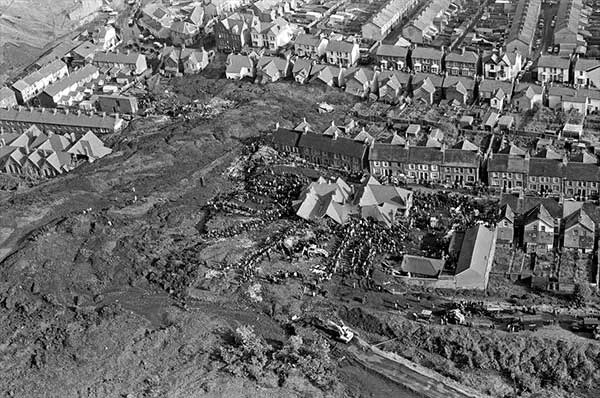
The Aberfan disaster was a profound shock to the Aberfan community and the entire nation. The pain of losing loved ones, especially children, engulfed the entire village. Many families lost all their children, casting a dark shadow over Aberfan’s future.
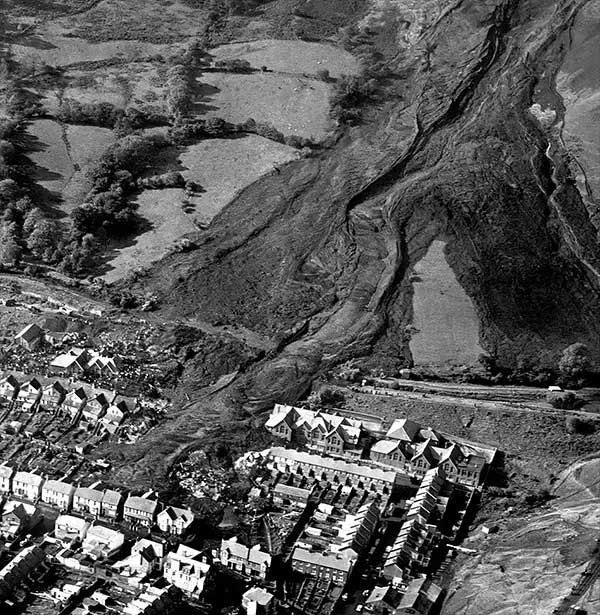
Immediately after the disaster, the British government mobilized rescue forces and emergency support for Aberfan. Queen Elizabeth II also visited the village to express her condolences and encourage the residents to overcome their hardships.
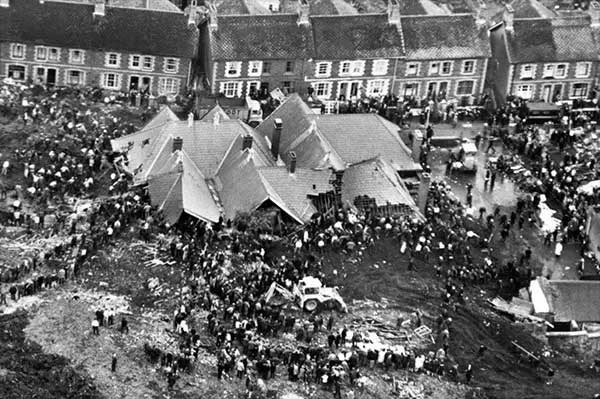
An investigation following the Aberfan disaster concluded that the primary cause was the NCB (National Coal Board) failing to implement necessary safety measures to ensure the safety of the waste tip. The NCB faced heavy criticism for their negligence, which led to the tragic consequences.
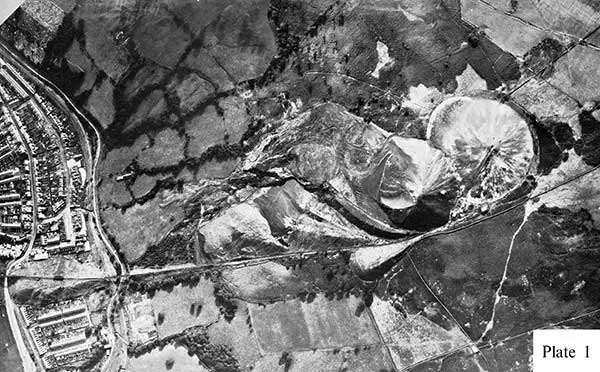
The Aberfan disaster left many long-lasting consequences for the Aberfan community. Many residents struggled with the pain of loss and psychological trauma. The scar of Aberfan will never fade.
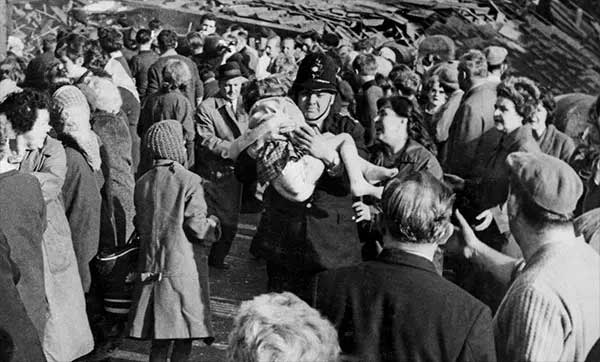
The Aberfan disaster serves as a valuable lesson on the importance of ensuring safety in mining operations. The incident also highlighted the spirit of solidarity and mutual support within the community during difficult times.
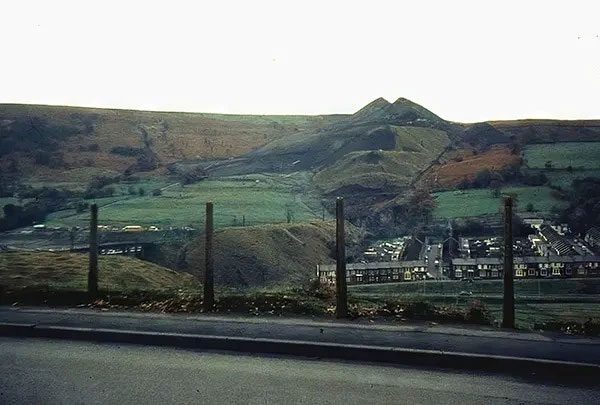
Today, Aberfan has a memorial to honor the victims of the disaster. Each year on October 21, the people of Aberfan hold a memorial service to remember those who have passed and to remind future generations of this invaluable historical lesson.
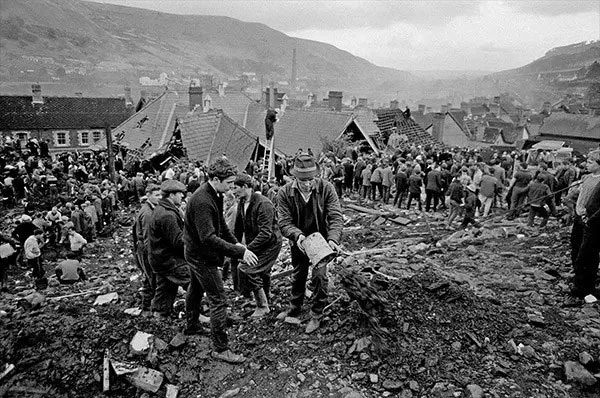
The Aberfan disaster is an unforgettable tragic event. The incident serves as a warning about the importance of safety and responsibility in mining operations. The scar of Aberfan will forever remain a painful memory in the hearts of the community and the nation.


















































